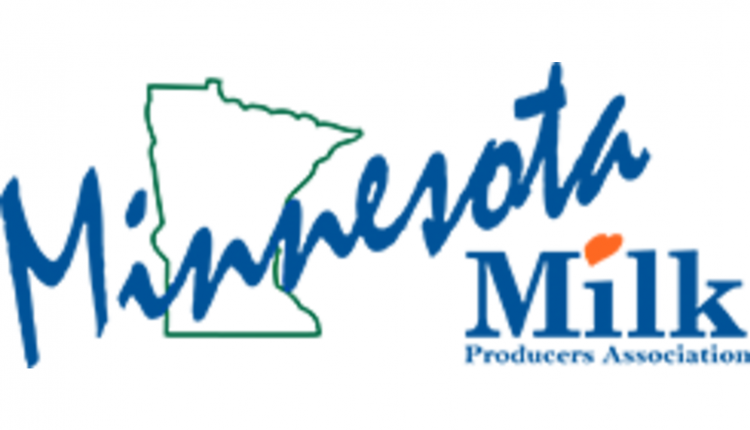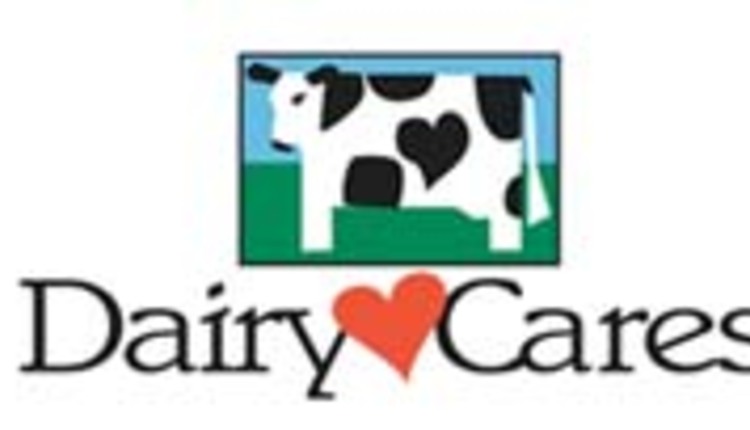The author, from Orefield, Pa., is a veterinarian with a master of business administration degree (MBA). He is a business development manager with Cargill Animal Nutrition Consulting Services.
A well-managed farm always has an abundant supply of high-quality forage and an abundant supply of high-quality heifers." I heard that statement many years ago from the late Jim Jarrett, D.V.M., who authored the Cowside Practice column in Hoard's Dairyman. Today, I would change one word; instead of "abundant" I would use "adequate."
Why make that seemingly minor change? In simple terms . . . because the dramatic escalation in feed prices means that any extra replacement animal represents a significant expense that can be avoided. Any extra forage represents money tied up in inventory that generates no return. Let me be quick to acknowledge that extra forage also provides insurance against future crop failure and certainly provides some peace of mind.
Raise them or buy them?
We must always remember that the milking cows generate cash today, while calves and heifers represent an investment in the future but drain cash now. We must also be aware that the cost to raise good replacements is at an all-time high, while the cost to buy a replacement is relatively low.
On some farms, a good financial decision will be to sell the calves and heifers, even at a depressed price. The proceeds can be used to buy more milking cows, do a better job with the ones you have or maybe just catch up on some past due bills.
This decision makes even more sense if you are underfeeding your young stock simply because you do not have the cash to purchase the feed they need. The end result of that situation is freshening small, unthrifty heifers or calving them late because they grew slowly. I have seen these scenarios far too often.
The down side
I must admit I have also seen situations where the heifers were sold to raise cash and invest in cows, but a year later the milking herd was dwindling again because there was no money to buy replacements.
Before you take this step, you need to budget an amount each month to buy the animals you need to keep the barn full. Another potential hazard is bringing in disease with purchased replacements. Work with your veterinarian to develop a biosecurity plan.
Also consider sending your animals to a custom-heifer raiser if you can arrange to pay for them when they return home. This can be beneficial as it allows you to focus on the milking cows and generate more income while deferring the cost of raising your replacements.
A better statement than either of the ones I used at the beginning is, "A well-managed farm regularly evaluates their replacement program and manages it to match the current situation."
To do this, we need to know what it costs to raise a heifer. Is it less than the cost to buy one? Is it possible to freshen animals sooner and reduce the cost to raise them? Are we doing all we can to minimize the cull rate and in turn reduce the number of replacements we need?
There is certainly nothing wrong with raising extra heifers if you have adequate cash to do so and can sell them at a profit. Using them to replace older cows that will bring a good beef price may also make sense.
I am a big believer in profit teams. If you have one in place, have them help you decide if changes are needed in your replacement program. If not, this may be a good time to form one. Typically, you will include your veterinarian, nutritionist, banker, accountant and key members of your farm staff. The team does not make decisions but provides you with information that helps you do what you need to do in order to reach your goals.
This article appears on page 547 of the August 25, 2013 issue of Hoard's Dairyman.
A well-managed farm always has an abundant supply of high-quality forage and an abundant supply of high-quality heifers." I heard that statement many years ago from the late Jim Jarrett, D.V.M., who authored the Cowside Practice column in Hoard's Dairyman. Today, I would change one word; instead of "abundant" I would use "adequate."
Why make that seemingly minor change? In simple terms . . . because the dramatic escalation in feed prices means that any extra replacement animal represents a significant expense that can be avoided. Any extra forage represents money tied up in inventory that generates no return. Let me be quick to acknowledge that extra forage also provides insurance against future crop failure and certainly provides some peace of mind.
Raise them or buy them?
We must always remember that the milking cows generate cash today, while calves and heifers represent an investment in the future but drain cash now. We must also be aware that the cost to raise good replacements is at an all-time high, while the cost to buy a replacement is relatively low.
On some farms, a good financial decision will be to sell the calves and heifers, even at a depressed price. The proceeds can be used to buy more milking cows, do a better job with the ones you have or maybe just catch up on some past due bills.
This decision makes even more sense if you are underfeeding your young stock simply because you do not have the cash to purchase the feed they need. The end result of that situation is freshening small, unthrifty heifers or calving them late because they grew slowly. I have seen these scenarios far too often.
The down side
I must admit I have also seen situations where the heifers were sold to raise cash and invest in cows, but a year later the milking herd was dwindling again because there was no money to buy replacements.
Before you take this step, you need to budget an amount each month to buy the animals you need to keep the barn full. Another potential hazard is bringing in disease with purchased replacements. Work with your veterinarian to develop a biosecurity plan.
Also consider sending your animals to a custom-heifer raiser if you can arrange to pay for them when they return home. This can be beneficial as it allows you to focus on the milking cows and generate more income while deferring the cost of raising your replacements.
A better statement than either of the ones I used at the beginning is, "A well-managed farm regularly evaluates their replacement program and manages it to match the current situation."
To do this, we need to know what it costs to raise a heifer. Is it less than the cost to buy one? Is it possible to freshen animals sooner and reduce the cost to raise them? Are we doing all we can to minimize the cull rate and in turn reduce the number of replacements we need?
There is certainly nothing wrong with raising extra heifers if you have adequate cash to do so and can sell them at a profit. Using them to replace older cows that will bring a good beef price may also make sense.
I am a big believer in profit teams. If you have one in place, have them help you decide if changes are needed in your replacement program. If not, this may be a good time to form one. Typically, you will include your veterinarian, nutritionist, banker, accountant and key members of your farm staff. The team does not make decisions but provides you with information that helps you do what you need to do in order to reach your goals.










